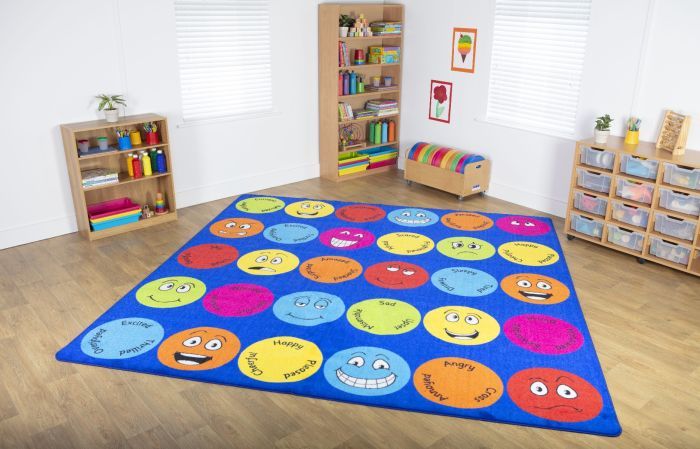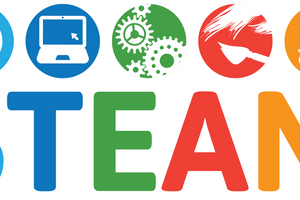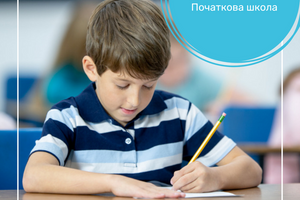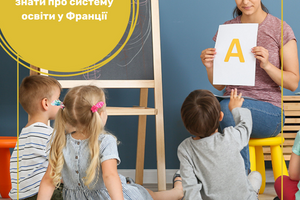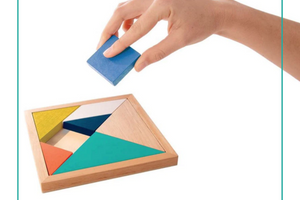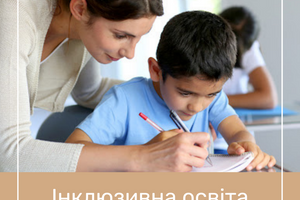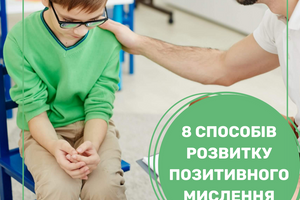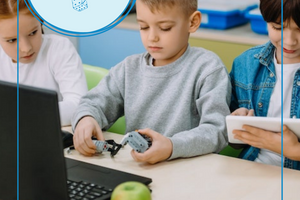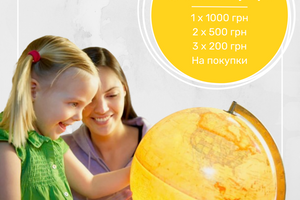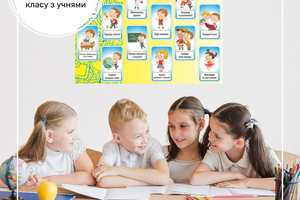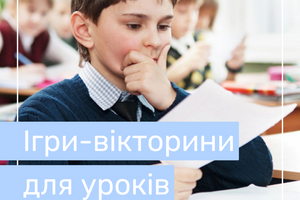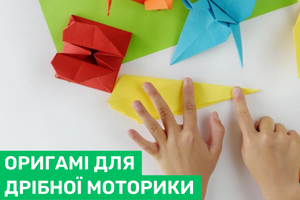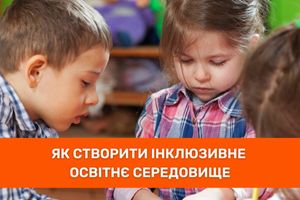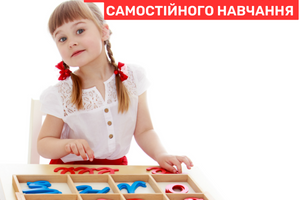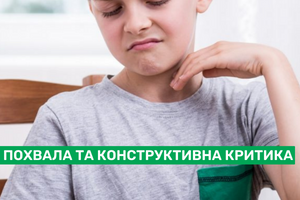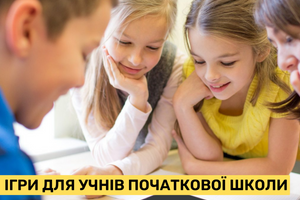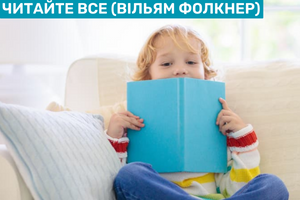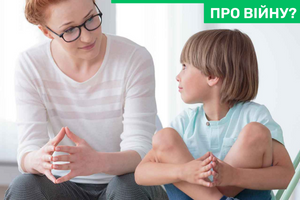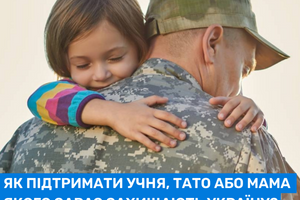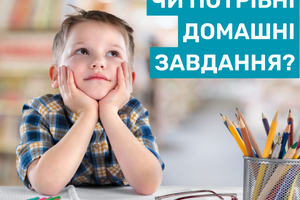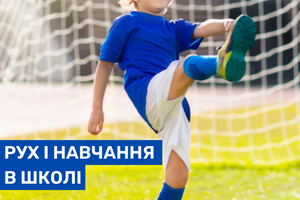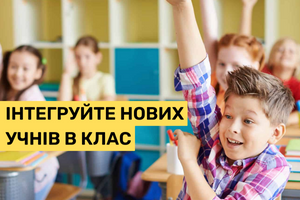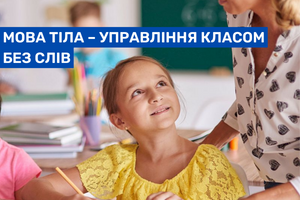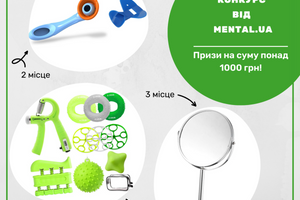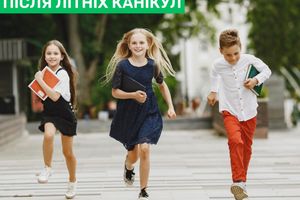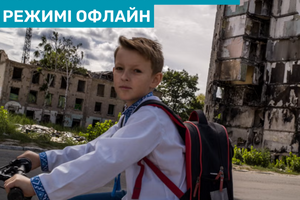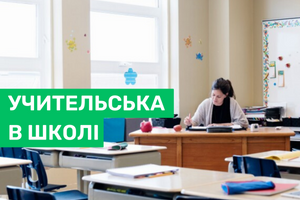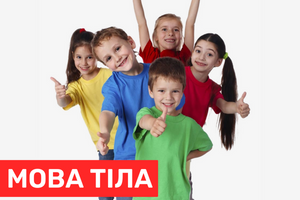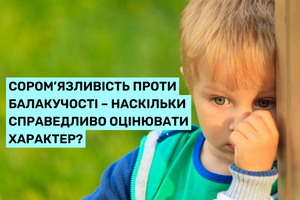Emotions are like a kaleidoscope
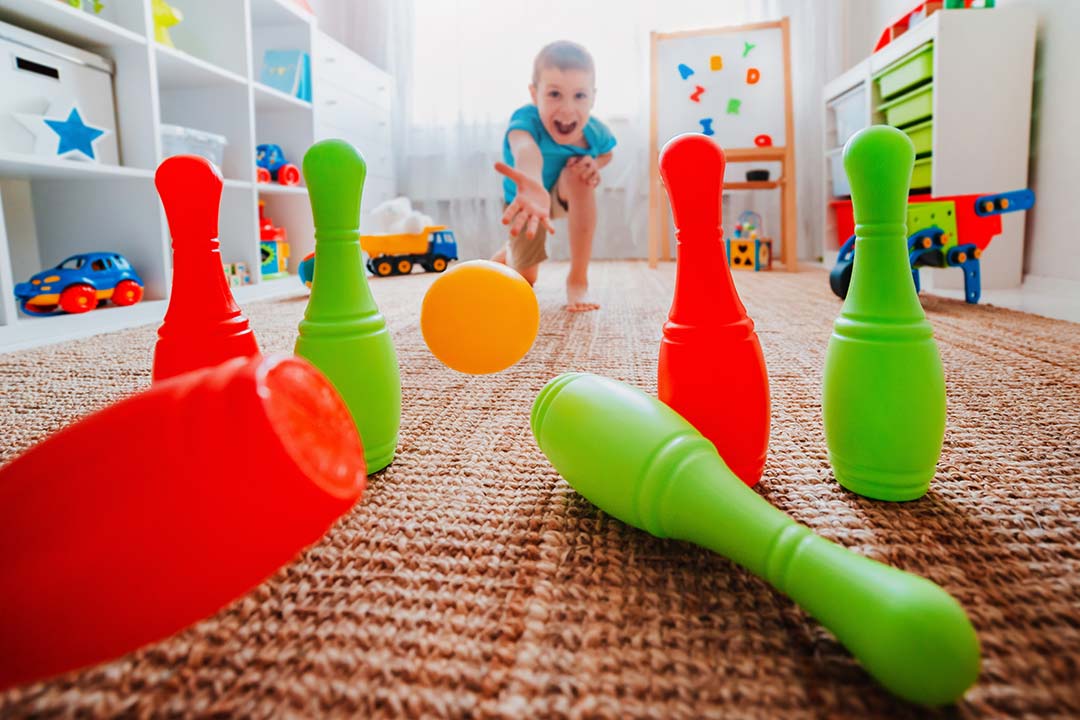
The topic of supporting children in coping with emotions appears in many publications and books and is of increasing interest. Views on how much adults should interfere in a child's emotional life are changing. We have come a long way from the old approach of consequences, for example, for anger, to the nurturing approach of intimacy.
Despite the prevailing trends, the problem of the malfunction of the adult world with the emotions of young children remains relevant. Toddlers still move very quickly from joy to sadness or anger (and vice versa), and it's often difficult for parents and teachers to identify what's hidden beneath a sudden outburst of emotion.
In the following article, addressed to both parents and guardians, educators of their children in kindergartens, I will try to answer the following questions:
- Why are the emotional reactions of small children sometimes surprising?
- How to recognize emotional reactions characteristic of a child's age, and how to recognize behavior that needs specialist help?
- How to support a small child in the struggle with emotions?
Why are the emotional reactions of small children sometimes surprising?
Children experience emotions and psychological problems differently than adults. There are also differences between younger and older children. Emotions of young children (2-3 years old) are usually intense, quite stormy and changeable, as a rule, short-lived.
Childhood is dominated by three emotional states - contentment, fear and anger. When the child has met its physical and mental needs, feels safe, laughs, coos and is active during play, hugs. If this state is disturbed (for example, the disappearance of mom or dad, hunger, immobilization or imbalance of the body, interruption of the game, the appearance of a stranger), the child cries, screams.
More complex feelings (love, sympathy, jealousy, dislike) appear in childhood, at the age of 1 to 3 years. Then the emotions become stronger, sometimes they seem inadequate to the situation - the child cries or laughs for insignificant reasons, easily switches from one feeling to another. Expressiveness intensifies - babies jump for joy, cover their mouths in horror, turn away offended. The ability to emotionally reflect social situations from the environment develops (for example, a child begins to react more consciously to parents' quarrels).
In preschool age, emotional development becomes even more intense, the spectrum of experienced emotions is enriched, and their lability increases. This is the time when the child strives for independence, self-improvement, becomes defiant, sometimes negative, and at the same time feels strong fear, easily reacts with anger. Social, moral and aesthetic feelings develop intensively - children begin to demand more from themselves, to compare themselves with others.
The specificity of a child's emotionality is due primarily to the close connection between his motor and cognitive development and social-emotional development. The immaturity of the nervous system, its high susceptibility to external stimuli, weather changes, and infections are also of great importance. This is why children react with excitement in situations such as fatigue, when adults usually reduce their activity. Babies try to "overcome" a strange state with mobility and impulsivity.
It is difficult for children to verbalize emotions and thoughts (because speech is still developing), and their understanding of their own experiences is still very limited. Despite this, in everyday life they have to overcome subjectively great difficulties - parting with their mother in kindergarten, establishing relationships with peers, shared toys, indulgences. They learn to cooperate, to lose, to be condemned. And all this happens simultaneously with a strong development of imagination, high suggestibility and a tendency to experience various fears.
Thus, high intensity, cruelty, inadequacy, variability are features of the development of children's emotions. With age, these features weaken. If they do not interfere with the child's life, they do not cause emotional disorders.
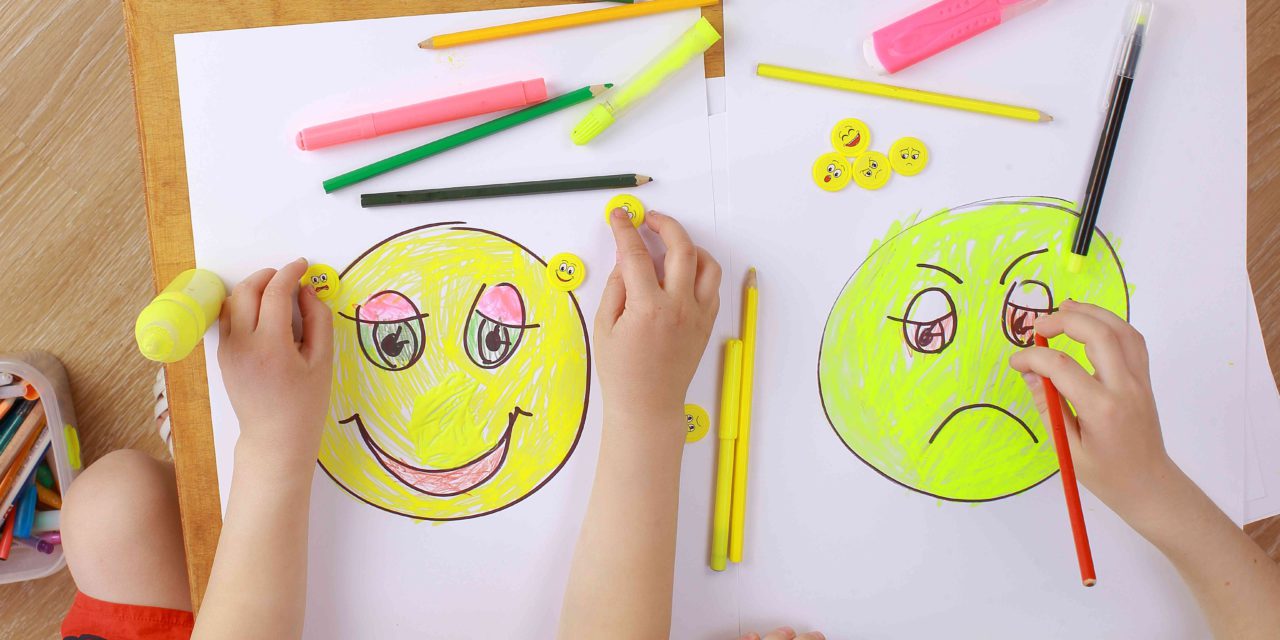
How to distinguish emotional reactions characteristic of a child's age from behavior that requires the help of a specialist?
In assessing whether emotional reactions are "normal", we must take into account the individual pace and rhythm of each child's development and progress through the stages of development. In children, the norm is development - what is normal at one level of development can become a violation at another. Therefore, do not worry if a 2-year-old child is afraid of a vacuum cleaner. If a 6-7-year-old child screams when he sees this, he may not be able to cope with anxiety or have hyperacusis.
Children's fears are primarily developmental in nature. Toddlers experience many anxieties and fears as part of the normal development process. They appear in most children, have a moderate intensity and pass over time. With the help of parents, the child learns to manage them. Developmental fears increase at age: 2 and a half years, at 6-7. and 10 years, but they should not disturb the functioning of the child, they are rather adaptive and protective.
So, in childhood it is normal to be afraid of sudden, strong sounds or light, sudden loss of balance, pain. It is also typical to react to separation from the mother with separation anxiety.
At the beginning of the 2nd year, there are "auditory" fears of development (of loud sounds, "dangerous" objects, for example, a vacuum cleaner, a mixer), "visual" fears (for example, of large objects), "spatial" fears (anxiety, associated, for example, with a change in the arrangement of furniture in a room, a trip in a tram) and fear of strangers or separation from the mother. At the end of the 2nd year, fears of the dark, thunderstorms, wind, and small animals prevail. At the age of 3, children can be afraid of the elderly, people in masks.
Anxiety becomes pathological when it does not correspond to age, lasts too long or is very strong, dominates the child's behavior, disorganizes the child's daily life, causes significant discomfort to the child or family. Then it is necessary to take additional measures (a meeting with a psychologist, a consultation with a child psychiatrist).
Another important emotion of development is anger. Children experience anger, just like anxiety, as part of normal development. This is an emotion that allows you to protect yourself, react to threats, and also develop independence.
At the end of the 3rd year, the concept of "I" is fully formed, the child begins to understand that he is a separate being, has his own will. The kid becomes stubborn, strives for independence - he has to check how much he can afford, he looks for and checks the limits that adults set for him. By his behavior, the child asks "what is possible, what is not possible" and expects clear answers. On the other hand, she needs the unconditional love and acceptance of her parents, is afraid of new things, changes, makes difficult decisions, which is a source of frustration.
Characteristic rebellion in two- and three-year-old children is temporary and usually resolves on its own, although the child should be encouraged to let go of anger and teach safe ways to express anger. It is important that the tendency to react with anger depends on the influences and attitudes of the environment - aggression breeds aggression.
Anger becomes a problem when the ability to control it is less than expected for the age or when it turns into aggression. If anger outbursts are very frequent, severe and/or last too long, interfering with normal functioning, then therapy should be initiated.
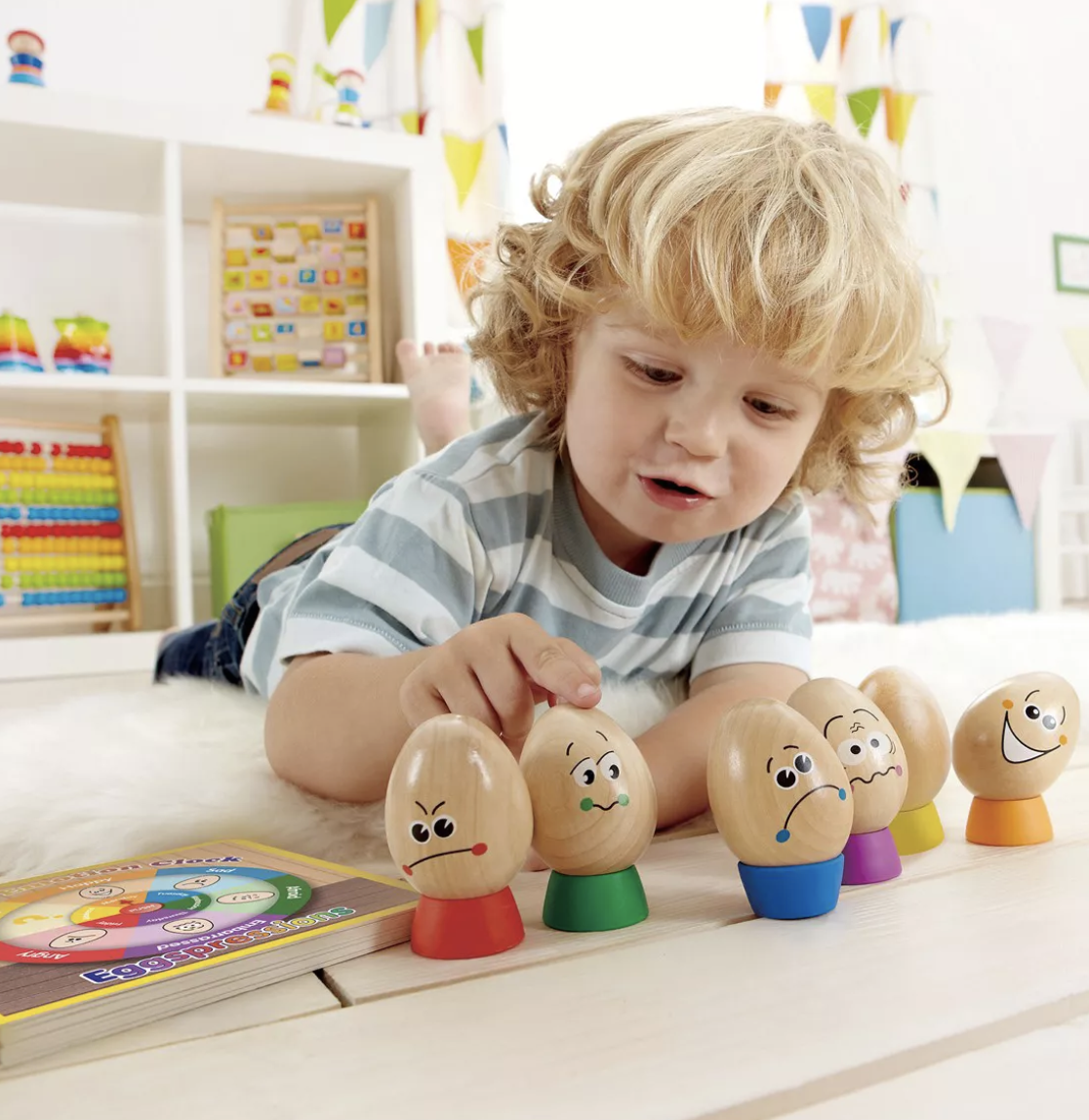
How to support a small child in working with emotions?
The above discussion shows that all children's emotions (both pleasant and difficult) are necessary, and the role of adults is to teach them to cope with them. The inability to express emotions or the prohibition of them by the environment paradoxically leads to unwanted and violent outbursts.
The basis of support is observation and trying to understand your child's emotions. It is necessary to take into account her age, whether she rested or was tired, what happened during the day, whether there were external factors affecting her mental state (weather, infection, etc.). Let's also not forget that we evoke our own emotions in children - what we feel on a certain day affects the child's behavior.
We learn to recognize, name and express emotions from birth. The study of emotions consists primarily in naming them and describing the child's behavior (accompanying emotions), reading their probable causes. For example, you can send a message to an angry baby: I turned off the fairy tale, you scream and stomp, you are probably angry, and to a crying child - You are probably sad, your toy broke, tears flowed, you don't want to draw anymore.
It is worth entering symbols of basic emotions (simple drawings, images of faces, smiley balls).
To give a child (over 3 years of age) a sense of control over his own feelings, to reduce feelings of guilt, you can use treatment with emotions - compare them, for example, with creatures (every creature is different), emotions, they can be drawn, named) and explain to the child: Emotions as creatures, each person has such creatures and because of them we have different moods; when the creatures get too big, they get in the way, so you need to have ways to shrink them, tame them.
It is good to inform the child that feelings pass, we can deal with them: sadness has come to you and you are sad, but it will soon go away or we will reduce it.
When explaining to children the nature of emotions, let's remember and signal that it is impossible not to have emotions, that they are needed (as signaling devices), they appear, sometimes suddenly, but pass. Our task is not to teach the child to fight with emotions, but to show him reasonable ways of expressing them, to explain to the child what is happening to him.
When the child knows how to recognize and name emotions (in pictures, photos, and then his own), we introduce ideas for their expression, safely unload them.
Ideas for expressing/reducing emotions appear in the child not in moments of excitement, when feelings dominate, but in moments of calmness, when the child is focused and calm. These methods depend on the age and type of emotion. In our work, we use fairy tales, books, plush toys, drawings, and introduce movement or voice exercises. For slightly older children, you can turn to your imagination, magic spells, etc.
We also model children's skills with our behavior - mom and dad, ladies in the kindergarten - these are people from whom the child learns to express emotions (an adult shouts - a child shouts) and how to cope with problems.
The easiest ways for children to express sadness and anger are, for example, boxing or stomping in anger, growling a lion, drawing a volcano, blowing up sadness in a balloon, drawing and hiding a sad person. Together with the child, we discuss the methods and draw them in the form of a poster, hang them in a prominent place.
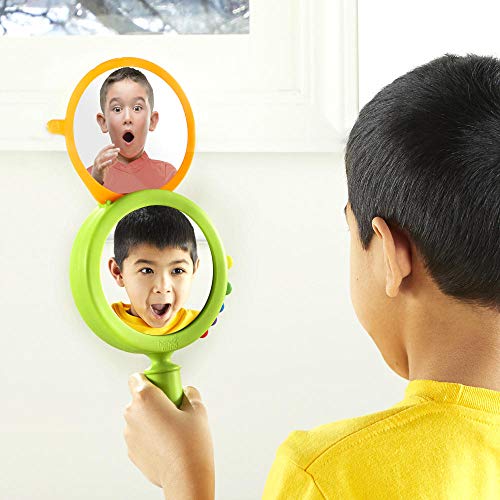
If we observe signs of emotions in a child, we take her by the hand, bring her to the poster (without commenting on her behavior) and say: You are behaving as if you are angry now. Let's try to reduce this anger. What path do you choose? or i think you are sad right now. We will try to reduce these annoyances. What path do you choose?
In situations of outbursts of strong anger, aggression or violent crying, the child may not be able to approach the poster and focus on it. Then it is necessary to "wait out" the difficult moment, hug the child tightly and, only after calming down, discuss what happened. It is good to leave a child who refuses our help for a while (but surrounded by an adult), and then repeat the offer of support in relieving his feelings. If the child denies our proposal, shows a different emotional state, we try to start a conversation about what is bothering him.
The final stage of teaching children to cope with emotions is strengthening their motivation and success. It is very important to appreciate even small achievements, attempts to control one's own behavior. We praise not for politeness, but describe what the child did to cope with a difficult situation (You were sad, cried, I hugged and the sadness has already decreased).
When a child releases an emotion in one of the suggested ways, it should be assessed, the corresponding behavior described, and then a conversation about what caused the emotion (to find out its cause and, if possible, help to remove it) should be offered.
Avoid giving gifts. Let's reinforce with words, for example, You can be proud of yourself, having issued a diploma for mastery of anger management, tell an important person (in the presence of the child) about a specific situation and wise behavior of the child.
In case of failure, the child should receive information that he has the right to make a mistake - you will not learn to cope with emotions in one day, but gradually you can become a master.
In order for a young child to master the art of dealing with emotions, adults must take care of his sense of security, provide love and acceptance. Never judge a child, only his behavior. Do not comment on the child's emotional problems, do not compare him with peers, avoid unnecessary criticism, mocking the child (especially in the presence of others).
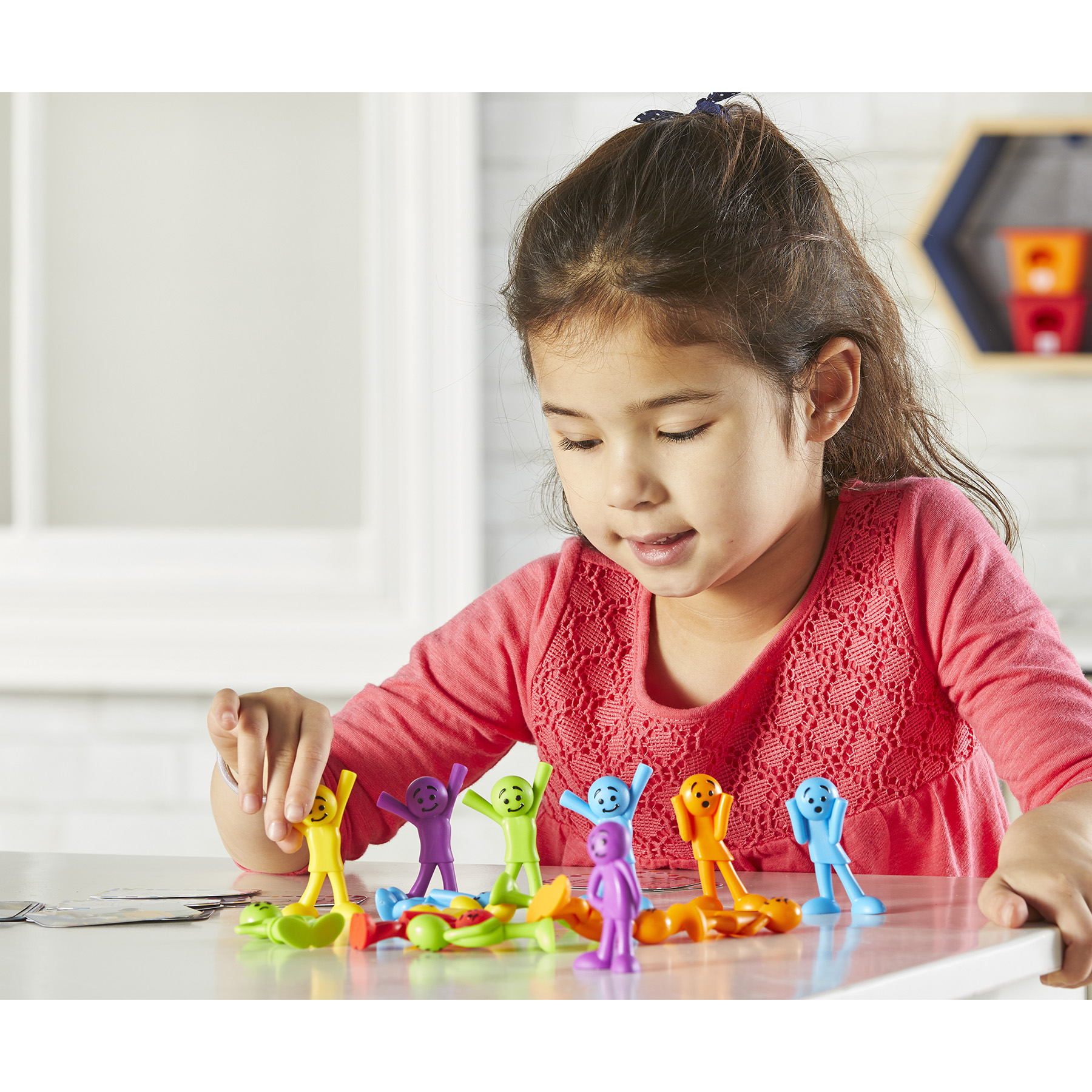
You may find it useful:
- giving the child the opportunity to relieve emotional tension through movement, play, relaxation and visualization exercises, massage,
- analyzing why the child behaves in a certain way, that he is trying to express himself (aggressive or anxious behavior often hides more serious problems),
- preservation of concluded contracts and warnings about future events, changes,
- avoiding one's own aggressiveness and fear,
- the appropriate way of formulating commands and praises,
- establishing with the child home rules for good behavior and creating a clear system of consequences for non-compliance.
When teaching your child to express emotions, avoid:
- lack of your attention and time for the child's emotions,
- belittling or denying children's feelings,
- prohibitions to show feelings, saying: Brave children do not cry; Don't be angry; Do not be afraid,
- punishment for emotions
- subject to childish outbursts.
Finally, it will be easier to support the child in the struggle with emotions, when adults give themselves and the child time to master this difficult art, allow themselves to make mistakes, use the advice of others, as well as their own intuition.